dual pane vs. triple pane
m0m3b0ys
15 years ago
Related Stories
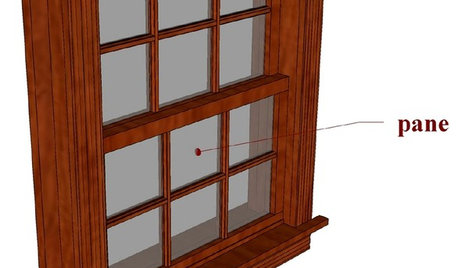
DESIGN DICTIONARYWindowpane
A sheet of glass in a window is known as a window pane. It can come in multiples or hang solo
Full Story0
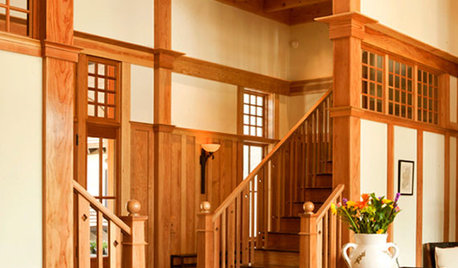
DECORATING GUIDESSo Your Style Is: Arts and Crafts
With a dual focus on nature and craftsmanship, Arts and Crafts home interiors have a wholesome, organic appeal
Full Story
WINDOW TREATMENTSEasy Green: 9 Low-Cost Ways to Insulate Windows and Doors
Block drafts to boost both warmth and energy savings with these inexpensive but effective insulating strategies
Full Story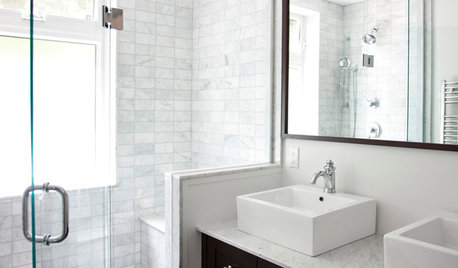
REMODELING GUIDESHow to Keep Your Home's Beautiful Glass Sparkling Clean
A few simple tools and tricks keep water spots and soapy film at bay
Full Story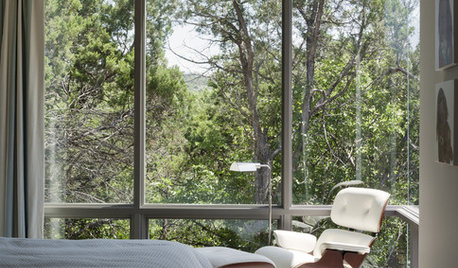
DECORATING GUIDESThe Art of the Window: Drapery Solutions for Difficult Types and Shapes
Stymied by how to hang draperies on a nonstandard window? Check out these tips for dressing 10 tricky window styles
Full Story
GREAT HOME PROJECTSHow to Install Energy-Efficient Windows
Learn what Energy Star ratings mean, what special license your contractor should have, whether permits are required and more
Full Story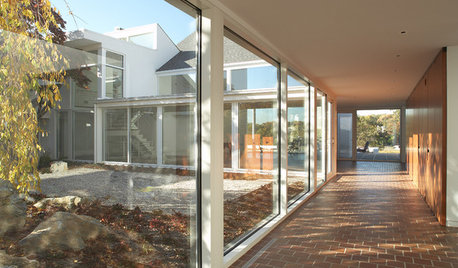
GREAT HOME PROJECTSUpdate Your Windows for Good Looks, Efficiency and a Better View
Great home project: Replace your windows for enhanced style and function. Learn the types, materials and relative costs here
Full Story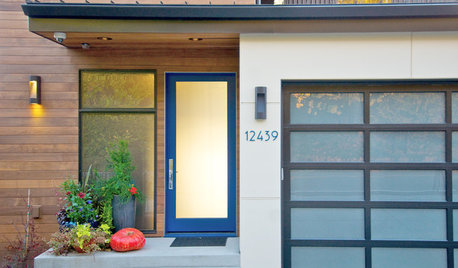
ENTRYWAYSGlass Doors That Welcome — and Protect Your Privacy Too
These front-door designs let in the light but keep your air-guitar performances safely in-house
Full Story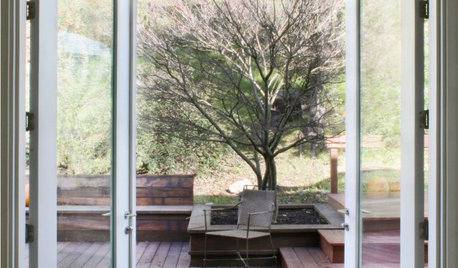
MOST POPULARFind the Right Glass Door for Your Patio
It’s more than just a patio door — it’s an architectural design element. Here’s help for finding the right one for your home and lifestyle
Full Story





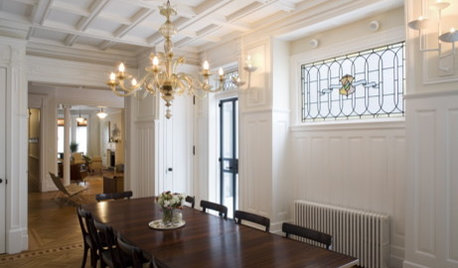

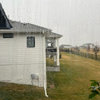

theporchguy
oberon476
Related Professionals
Hawaiian Gardens Window Contractors · San Juan Capistrano Window Contractors · University City Window Contractors · Dallas General Contractors · Ewing General Contractors · Hillsboro General Contractors · Los Alamitos General Contractors · Medford General Contractors · Seal Beach General Contractors · Torrington General Contractors · University Park General Contractors · Wolf Trap General Contractors · Carol City Carpenters · Hayward Carpenters · Sudbury Carpentersm0m3b0ysOriginal Author
oberon476
mcsbldr
oberon476
m0m3b0ysOriginal Author
m0m3b0ysOriginal Author
stormfire